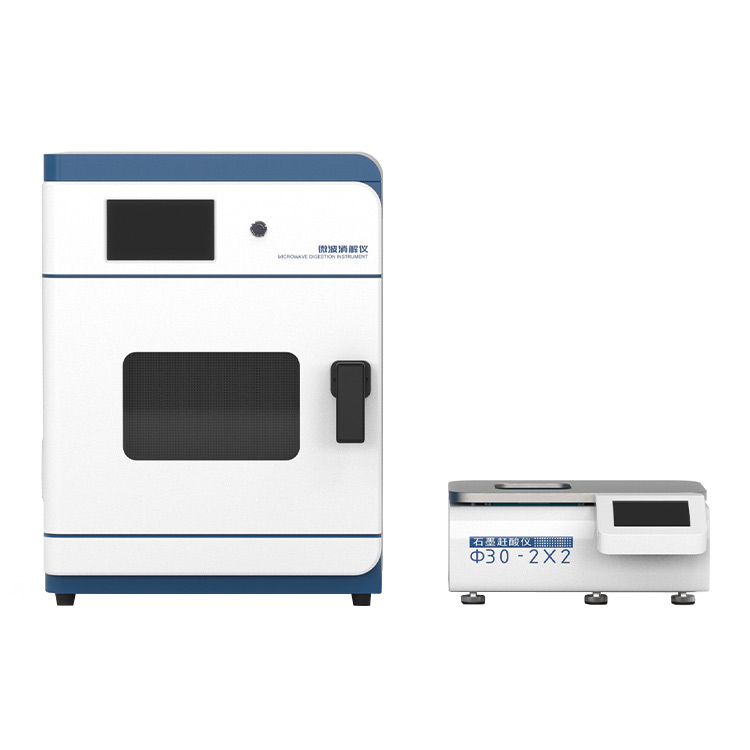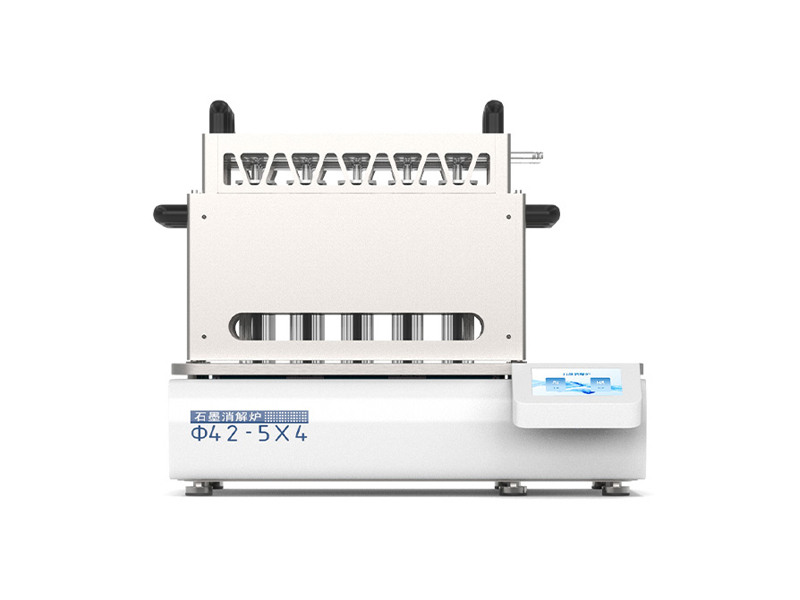In the field of modern analysis and detection, the efficiency and quality of sample pretreatment directly affect the accuracy and reliability of the final detection results. As an efficient and fast sample pretreatment device, microwave digestion instrument is gradually becoming an indispensable tool in many fields such as food, environmental protection, disease control, quality supervision, commodity inspection, and scientific research institutes. Its emergence not only revolutionized the traditional sample digestion method, but also demonstrated significant advantages in improving detection efficiency, reducing pollution, and minimizing reagent consumption. It is of great significance for promoting the development of analysis and detection work in various industries towards more accurate and efficient directions.

1. Technical advantages of microwave digestion instrument
The widespread application of microwave digestion equipment in the field of sample pretreatment is closely related to its significant technical advantages.
Firstly, the sample decomposes quickly and completely. Compared to traditional heating and digestion methods, microwave heating has the characteristics of immediacy and integrity, which can simultaneously heat the sample from both inside and outside, greatly reducing the digestion time. Under normal circumstances, traditional methods require several hours or even longer to complete the digestion process, while microwave digestion equipment can often complete it within a few tens of minutes and ensure that the sample is decomposed more thoroughly, reducing the impact of sample residue on the detection results.
Secondly, the loss of volatile elements is minimal. In the traditional high-temperature digestion process, due to the limitations of heating methods, volatile elements in the sample are easily evaporated and lost due to high temperatures, resulting in biased detection results. The microwave digestion instrument performs digestion in a closed container, which can effectively control the environment in which the sample is located, reduce the volatilization of volatile elements, and ensure the accuracy of the detection results.
Again, the consumption of reagents is low. The efficient heating method of microwave digestion equipment eliminates the need for a large amount of reagents to assist the reaction during the digestion process, reducing reagent consumption by more than 50% compared to traditional methods. This not only reduces experimental costs, but also minimizes waste generated from the use of reagents, making it more environmentally friendly.
In addition, the operation is simple and the processing efficiency is high. Microwave digestion equipment is usually equipped with an intelligent control system, and operators only need to follow the set program to automatically complete the digestion process, greatly reducing the difficulty of operation. At the same time, it can process multiple samples simultaneously, significantly improving the efficiency of sample processing and meeting the needs of large-scale sample detection.
Also, the pollution is minimal and the blank is low. Due to the digestion process being carried out in a closed container, the contact between the sample and the external environment is reduced, thereby reducing the possibility of external contamination. Moreover, the materials and design used in the microwave digestion instrument itself can effectively reduce blank values and improve detection sensitivity.
It is precisely these technological advantages that make microwave digestion equipment known as "green chemical reaction technology" and favored by analysts and testers in various industries.
2. Application fields of microwave digestion instrument
Microwave digestion equipment has been widely used in multiple fields due to its excellent performance.
In the field of food, it can be used for pre-treatment of heavy metals, pesticide residues, additives and other components in food. For example, when detecting the content of heavy metals such as lead and cadmium in meat, using a microwave digestion instrument to digest the sample can quickly decompose the sample and provide reliable sample solutions for subsequent atomic absorption spectroscopy or inductively coupled plasma mass spectrometry detection.
In the field of environmental protection, microwave digestion equipment can be used for pre-treatment of soil, water quality, atmospheric particulate matter and other samples. For example, digesting soil samples to determine their heavy metal content provides data support for soil pollution control and environmental assessment.
In the field of disease control, it can digest biological samples such as blood, urine, tissues, etc. for detecting trace elements, toxins, etc., providing a basis for disease diagnosis and prevention.
In the field of quality supervision and product inspection, microwave digestion equipment can perform sample pretreatment on various commodities such as cosmetics, toys, electronic products, etc., to detect whether they contain harmful substances exceeding the standard, ensuring the health and safety of consumers.
In addition, in various research experiments conducted by research institutes, microwave digestion instruments are also important equipment for sample pretreatment, providing strong support for the smooth progress of scientific research work.
3. Solution for Microwave Digestion Instrument
In order to better meet the needs of different users, microwave digestion equipment is usually equipped with acid scavengers with the same hole position, and the aperture of the acid scavengers is consistent with the digestion inner tank. This design brings a lot of convenience, as acid removal can be carried out without the need for liquid transfer. It not only simplifies the experimental process, reduces losses and contamination during sample transfer, but also improves work efficiency and is convenient for users to use.
At the same time, the microwave digestion instrument also provides multiple digestion programs and parameter settings for different types of samples and detection requirements. Users can choose an appropriate digestion program based on the characteristics of the sample, such as hardness, composition, etc., and set corresponding parameters such as temperature, pressure, and time to ensure that the sample can be fully and effectively digested, providing a suitable sample state for subsequent detection and analysis.
Article address:http://www.labinstruments.net/news/58.html







